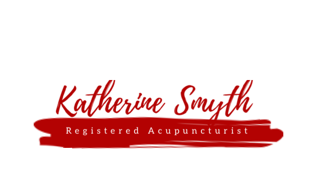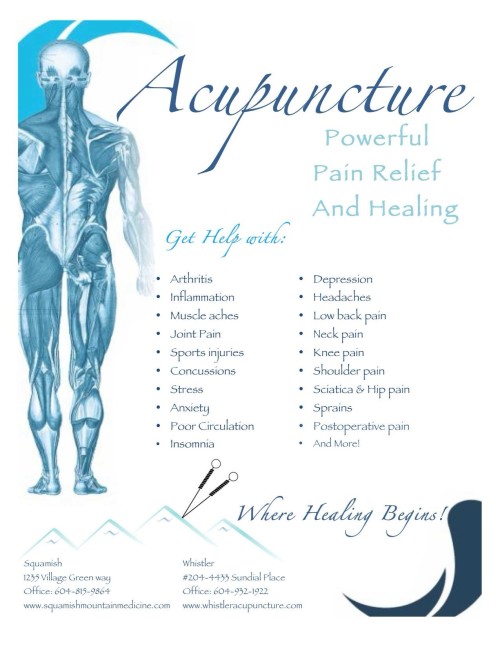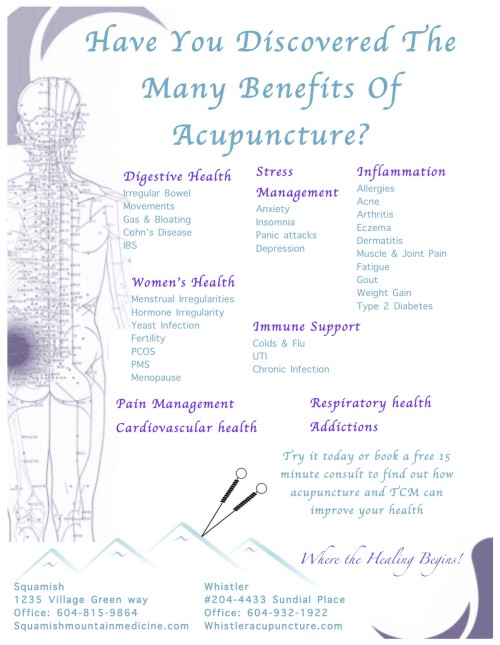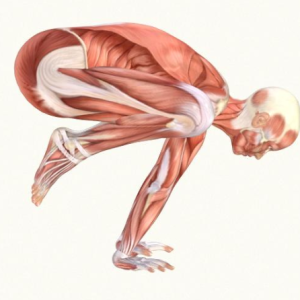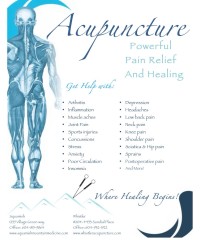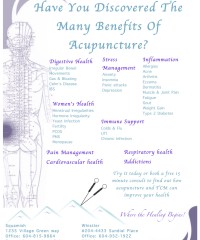 The practice of acupuncture and moxibustion is based on the theory of meridians. According to this theory, qi (vital energy) and blood circulate in the body through a system of channels called meridians, connecting internal organs with external organs or tissues. By stimulating certain points of the body surface reached by meridians through needling or moxibustion, the flow of qi and blood can be regulated and diseases are thus treated. These stimulation points are called acupuncture points, or acupoints.
The practice of acupuncture and moxibustion is based on the theory of meridians. According to this theory, qi (vital energy) and blood circulate in the body through a system of channels called meridians, connecting internal organs with external organs or tissues. By stimulating certain points of the body surface reached by meridians through needling or moxibustion, the flow of qi and blood can be regulated and diseases are thus treated. These stimulation points are called acupuncture points, or acupoints.
Acupoints reside along more than a dozen of major meridians. There are 12 pairs of regular meridians that are systematically distributed over both sides of the body, and two major extra meridians running along the midline of the abdomen and back. Along these meridians more than three hundred acupoints are identified, each having its own therapeutic action.
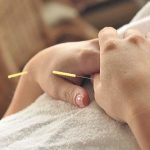 In acupuncture clinics, the practitioner first selects appropriate acupoints along different meridians based on identified health problems. Then very fine and thin needles are inserted into these acupoints. The needles are made of stainless steel and vary in length from half an inch to 3 inches. The choice of needle is usually determined by the location of the acupoint and the effects being sought. If the point is correctly located and the required depth reached, the patient will usually experience a feeling of soreness, heaviness, numbness and distention. The manipulator will simultaneously feel that the needle is tightened.
In acupuncture clinics, the practitioner first selects appropriate acupoints along different meridians based on identified health problems. Then very fine and thin needles are inserted into these acupoints. The needles are made of stainless steel and vary in length from half an inch to 3 inches. The choice of needle is usually determined by the location of the acupoint and the effects being sought. If the point is correctly located and the required depth reached, the patient will usually experience a feeling of soreness, heaviness, numbness and distention. The manipulator will simultaneously feel that the needle is tightened.
The needles are usually left in situ for 15-30 minutes. During this time the needles may be manipulated to achieve the effect of tonifying the qi. Needle manipulations are generally involved with lifting, thrusting, twisting and rotating, according to treatment specifications for the health problem. Needling may also be activated by electrical stimulation, a procedure usually called electro-acupuncture, in which manipulations are attained through varying frequencies and voltages.
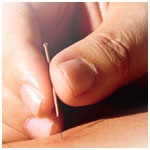 Acupuncture is often conducted in combination with Moxibustion. Moxibustion is the process where moxa sticks, made of dry moxa leaves (Artemisia vulgaris) is ignited and held about an inch above the patients’s skin over specific acupuncture points. Moxa is available in a loose form that can be used for making moxa cones. Alternatively, moxa is packed and rolled in a long stick like a large cigar, about 15-20 cm long and about 1-2 cm in diameter. The purpose of this process is to warm the qi and blood in the channels. Moxibustion is most commonly used when there is the requirement to expel cold and damp or to tonify the qi and blood. A single treatment of moxibustion usually lasts 10-15 minutes. Needle-warming moxibustion combines needling and moxibustion by attaching a moxa stub (about 2 cm long) to an inserted needle. This method enhances the effects of needling and is often used to treat chronic rheumatism and rheumatoid arthritis.
Acupuncture is often conducted in combination with Moxibustion. Moxibustion is the process where moxa sticks, made of dry moxa leaves (Artemisia vulgaris) is ignited and held about an inch above the patients’s skin over specific acupuncture points. Moxa is available in a loose form that can be used for making moxa cones. Alternatively, moxa is packed and rolled in a long stick like a large cigar, about 15-20 cm long and about 1-2 cm in diameter. The purpose of this process is to warm the qi and blood in the channels. Moxibustion is most commonly used when there is the requirement to expel cold and damp or to tonify the qi and blood. A single treatment of moxibustion usually lasts 10-15 minutes. Needle-warming moxibustion combines needling and moxibustion by attaching a moxa stub (about 2 cm long) to an inserted needle. This method enhances the effects of needling and is often used to treat chronic rheumatism and rheumatoid arthritis.
Acupuncture is recognized by leading national and international health organizations to be effective in the treatment of wide variety of medical problems. Below are some of the health concerns that acupuncture can help with:
Chronic & Acute Pain:
Injuries and sprains, headaches, neck and back pain, tendonitis, sciatica, carpal tunnel syndrome, fibromyalgia, knee pain, facial pain(including craniomandibular disorders), dental pain, tempromandibular (TMJ) dysfunction, rheumatoid arthritis
Pregnancy:
Morning sickness, correction of malposition of fetus (breech presentation), induced labour, pelvic pain, postnatal recovery
Women’s issues:
menopause, hot flashes, dysmenorrhea, amenorrhea
Digestive Function:
Nausea & vomiting, heart burn & acid reflex, acute and chronic gastritis, peptic ulcer, acute epigastralgia, biliary colic, eating disorders
Respiratory & Cardiovascular:
Stroke, hypertension, hypotension, asthma, allergic rhinitis, including hay fever
Immune Function:
Recurrent acute bacillary dysentery infections, supportive treatment to cancer and AIDS patients, adverse reactions to radiation or chemotherapy
Addiction:
Addictions to nicotine, alcohol and drugs
Eye and Ear Disorders:
Tinnitus, Meniere’s disease
Other:
Insomnia, depression, anxiety



